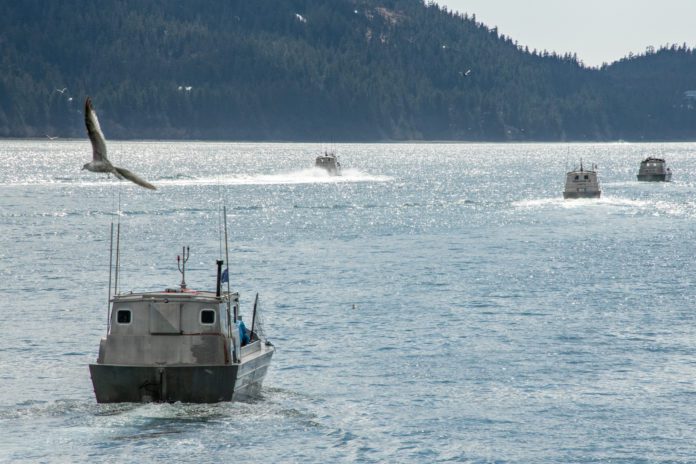
A new Distribution Mapping and Analysis Portal online and open to the public is helping NOAA Fisheries to better track the location and movement of marine fish in U.S. waters.
The interactive website announced Tuesday, April 19, will improve data sharing and collaboration facilitate decision-making about fishery management and science, and increase overall knowledge of species distribution for stock assessments, federal fisheries officials said.
The portal shows data from NOAA Fisheries bottom trawl surveys for the West Coast, Alaska, the Gulf of Mexico, and Northeast and Southeast United States. It includes a map viewer and graphing capabilities for over 800 marine fish and invertebrate species caught during the surveys. Understanding how species are distributed in space and time, and the factors that drive patterns, are central questions in ecology and important for species conservation and management.
Changes in the climate and oceans are impacting the distribution and abundance of living marine resources in our waters, said NOAA Administrator Rick Spinrad.
“Changes in fish stocks can have significant economic and cultural impacts for communities and businesses across the U.S.,” he said. “The visualization capabilities of this new tool boost our ability to turn the data NOAA collects into robust decision-making resources for the entire fishery management community, helping build a Climate Ready Nation.”
The portal allows users to select a species of interest and visually examine changes in the distribution over time by looking at both location maps as well as graphs of key indicators of a species distribution (such as change in latitude, depth, and range limits). The user can also choose to view changes in distributions at the regional level as an indicator of broader community level changes.
This portal was developed in collaboration with the Global Change Ecology and Evolution Lab at Rutgers University to enhance the ability of NOAA Fisheries and its management partners to identify, plan for and respond to climate-driven changes now and in the future. Additionally, increased access to species distribution information and model results from across the nation will help foster a “community of practice” among scientists which can help advance the field, and also provide a useful tool for outreach and education regarding changing fish and invertebrate distributions.





